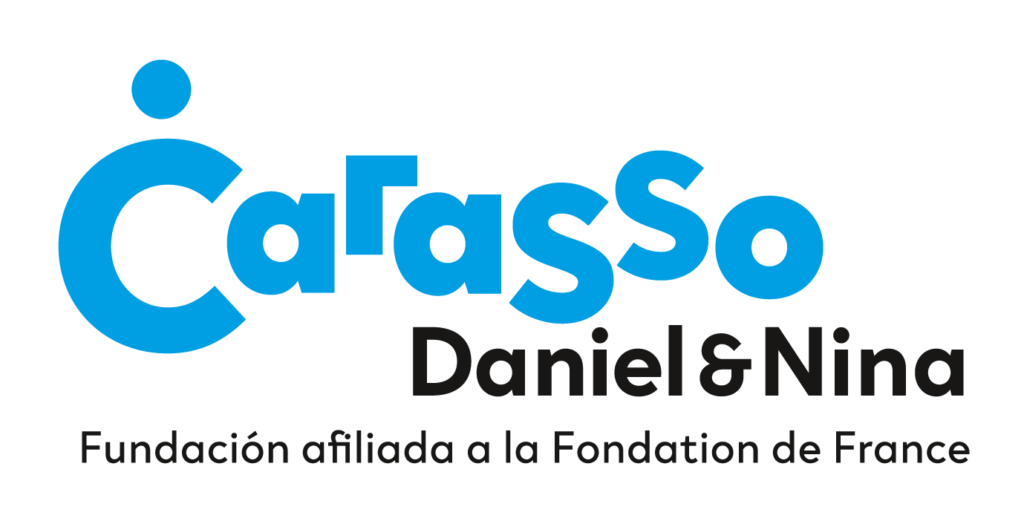TANATOLAB
It is a program of gatherings where we open our research ‘Morir Guay. Collective Learnings to Redesign Death’ and bring it into dialogue with local projects or agents. Through this mediation process, we present content from our audiovisual archive and provide practical tools to engage with death with greater sovereignty and from an ecofeminist perspective. To approach this topic in a gentle and caring, yet deep and meaningful way, we develop methodologies that allow us to experiment through the body, intuition, poetry, lived experience, and other forms of non-academic knowledge.
TANATOLAB | La Mutant, Valencia | March 7th 2025
The Tanatolab we conducted at La Mutant is part of the program MOLD/UNMOLD. Making from the Remains, proposed by Sara Manente and Santiago Ribelles, taking place from March 3 to 7. This program explores movements, crafts, writings, listening practices, and gestures—each shaped by processes of decomposition and composting—to ferment a scene yet to come.
Within this context, we focused the opening of the Morir Guay research on showcasing our work around biomaterial experimentation for coffin design. Through a performative lecture, we shared key references for our research, such as Sarah Laswell’s work with wicker, and carried out a material and symbolic exploration of the arrangement of bodies and their return to the earth.
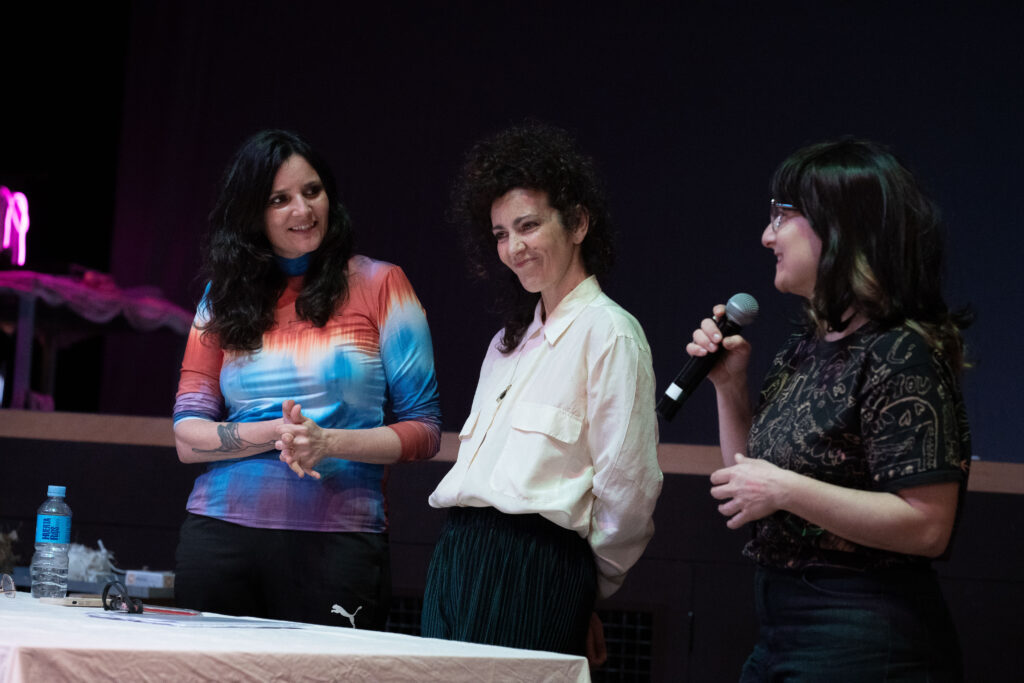
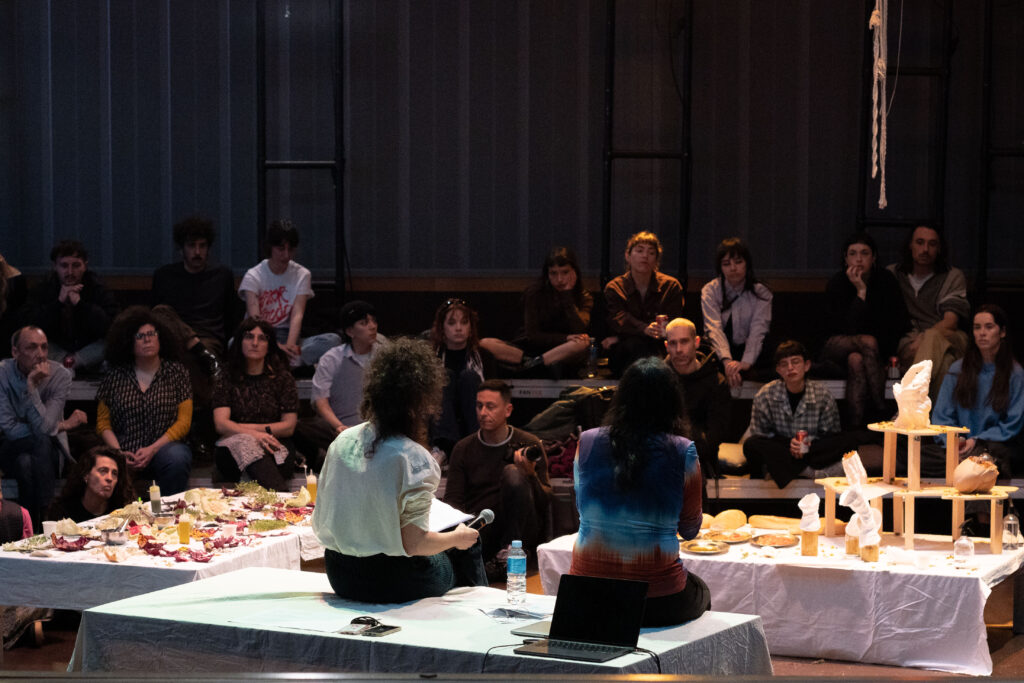
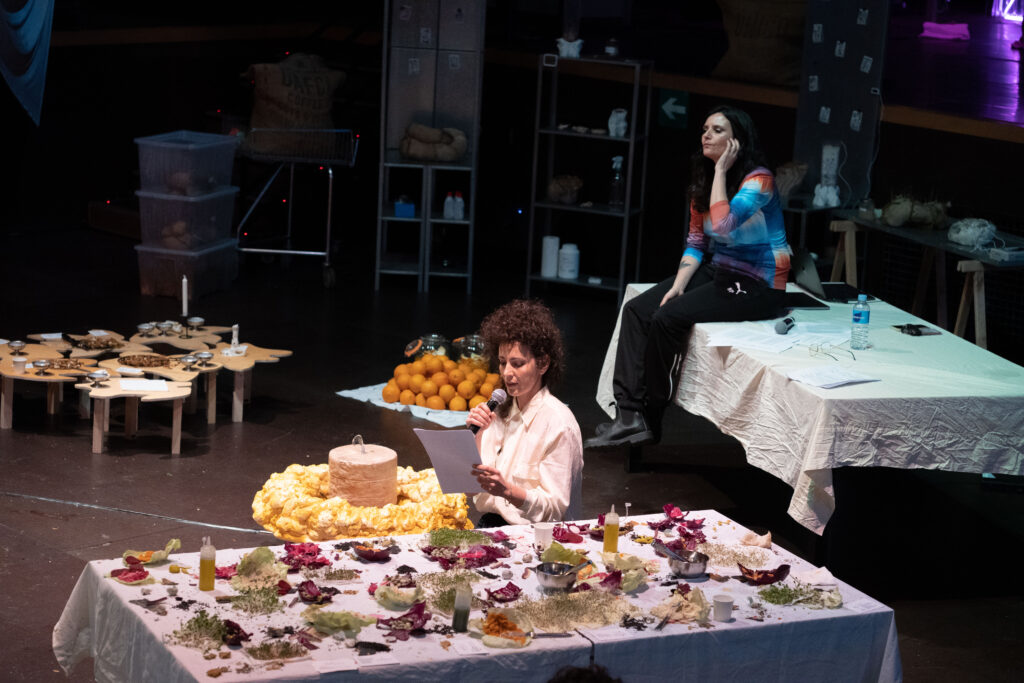
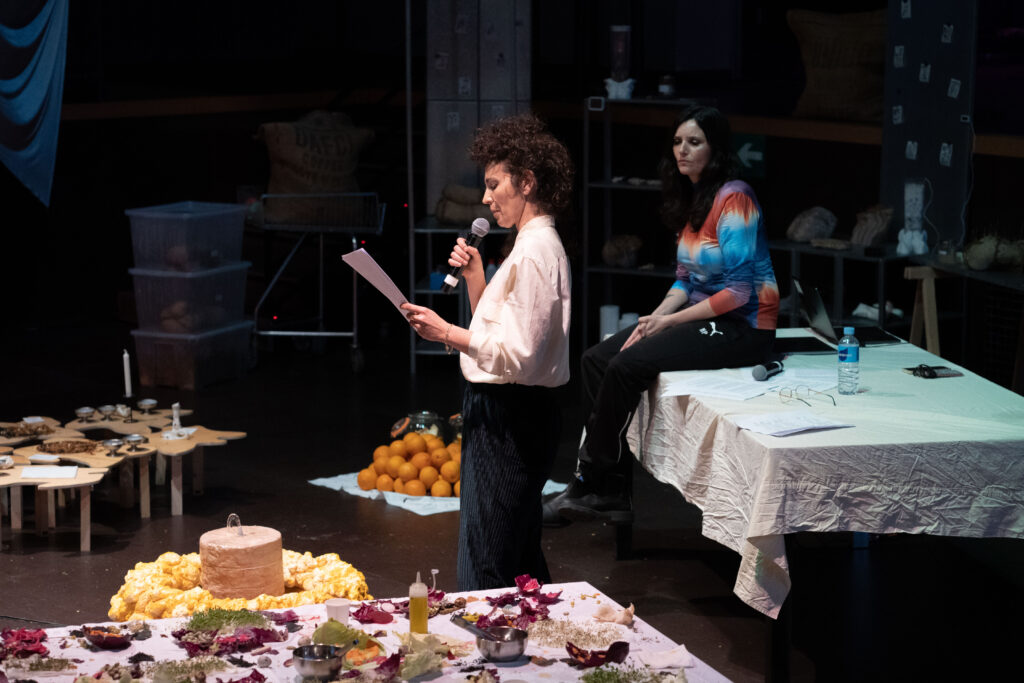
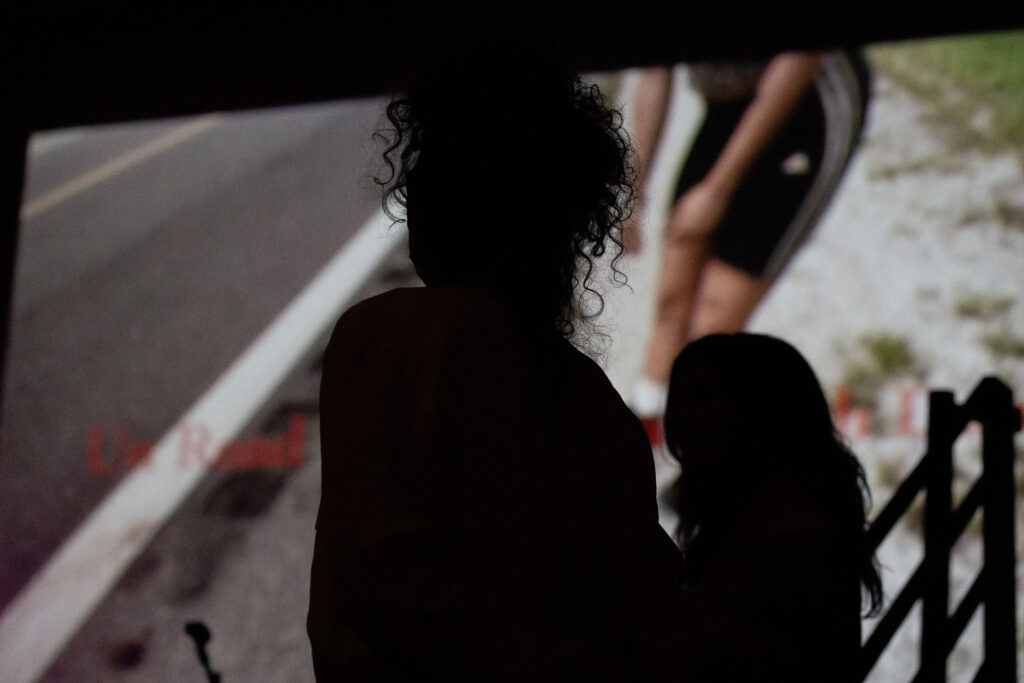
TANATOLAB | La Escocesa, Barcelona | February 26-27th 2025
The Tanatolab at La Escocesa was a gathering to share experiences, practices, and critical perspectives on end-of-life care, addressing questions about how to navigate farewells with greater presence, dignity, and tenderness. The space functioned as a political, somatic, and spiritual device for reflecting on interdependence, mutual care, and social justice in processes of illness, death, and grief.
Session 1 — Accompanying the End of Life
On Wednesday, February 26, DU-DA opened its research Collective Learnings to Redesign Death with a presentation guided by storytelling and intimate images from their road trip with a death doula in the United States during the summer of 2023. Through this shared journey, participants were introduced to inspiring projects related to death ecology and end-of-life care.
In the second part of the session, a conversation took place on end-of-life accompaniment with Cristina Lasmarias, a nurse specialized in palliative care, and Sarafina Landis, a death doula specializing in VSED (voluntary stopping of eating and drinking) support and queer community care.
Session 2 — Tunnels of Light / Die Before You Die
On Thursday, February 27, Sarafina Landis and sound artist Shoz led a practice and a sound performance that invited participants to approach their own mortality and contemplate the regenerative fecundity of decomposition and its spiritual mysteries. They also shared their experiences in activism within queer care communities, situated at the margins of oppressive systems in the United States.
Bios
Sarafina Landis (they/them) began their work in death care on the Olympic Peninsula after an intimate experience accompanying a loved one in dying. Through this ritualized, earth-connected process, they discovered their vocation as an end-of-life companion. This journey took them across the U.S., working in green burials, home funerals, VSED accompaniment, and community-based end-of-life organizing, including founding the nonprofit Dying Matters Guild. Their thesis, Body As A Future Offering, explores the intersection of death care, ancestral healing, and collective liberation. They also create interactive performance pieces with the project Tunnels of Light.
Cristina Lasmarias is a nurse and holds a PhD in Integrated Care and Health Services from the University of Vic. She is responsible for geriatrics and palliative care planning within the intermediate care division of the Departament de Salut. She is also an advocate for palliative care within various scientific societies.
Shauna Frantz (Shoz) is a sound artist and somatic psychotherapist based in Virginia’s Shenandoah Valley. Their work emerges from deep listening to the environment and an intimate connection with the land. Inspired by soundscapes and surrounding geography, their practice is both a response to and an invitation for stillness and sensory perception. Through field recordings, raw and processed rhythms, textures, and melodies, they create experimental compositions that immerse listeners in contemplative sonic experiences.
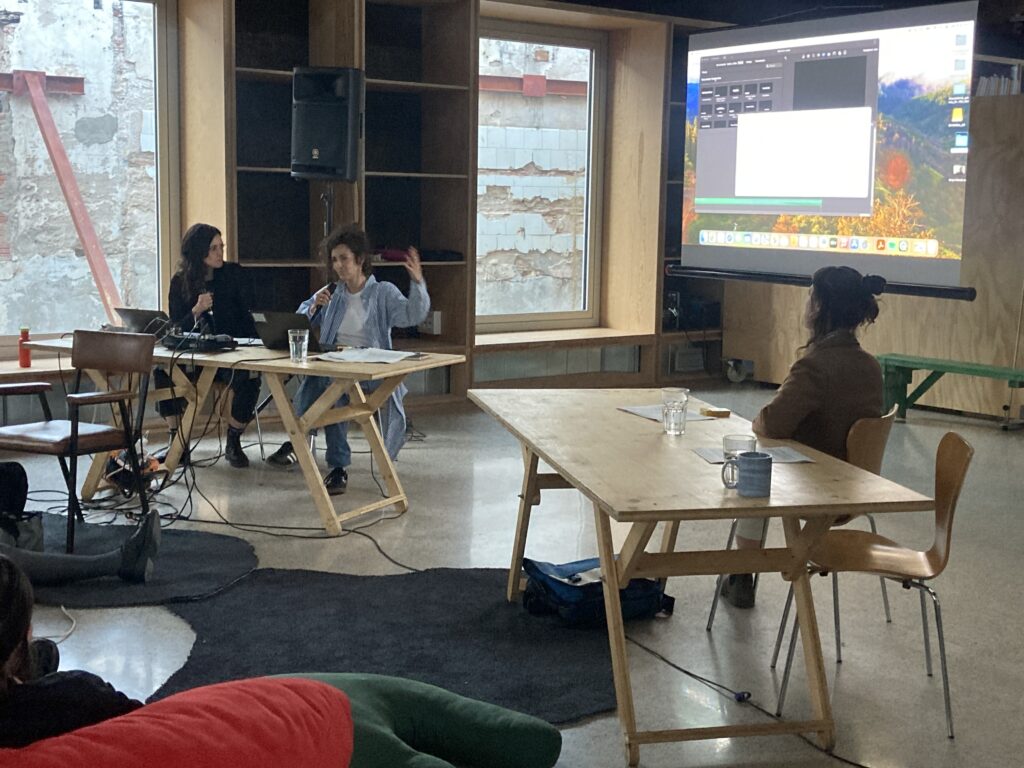
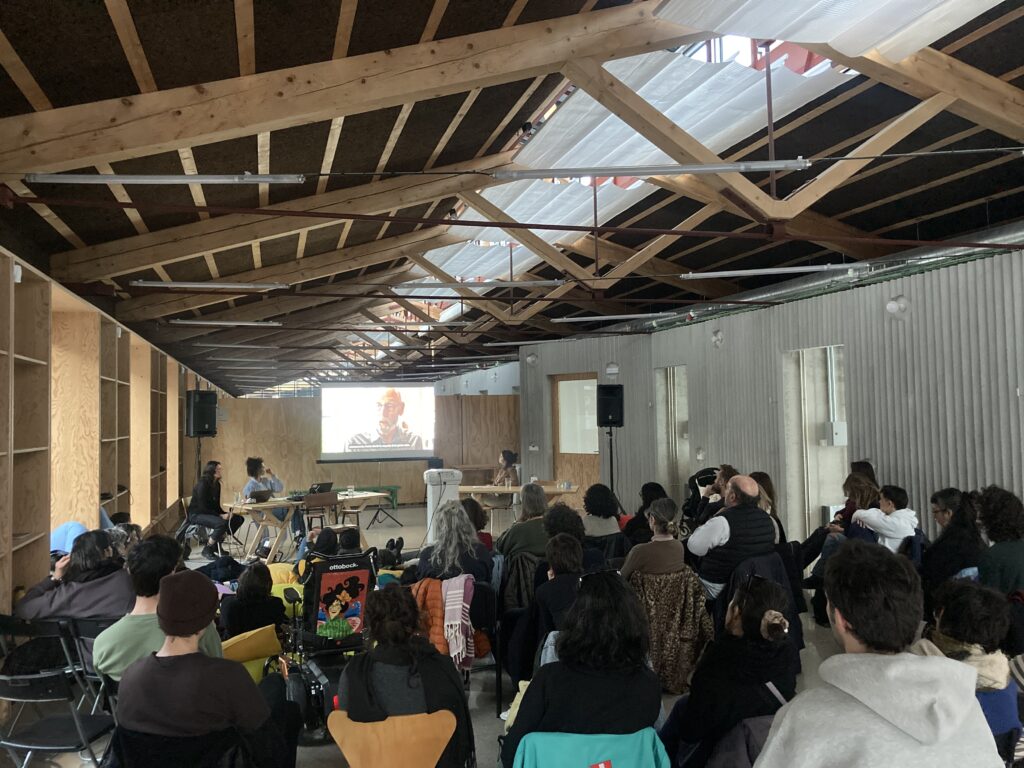
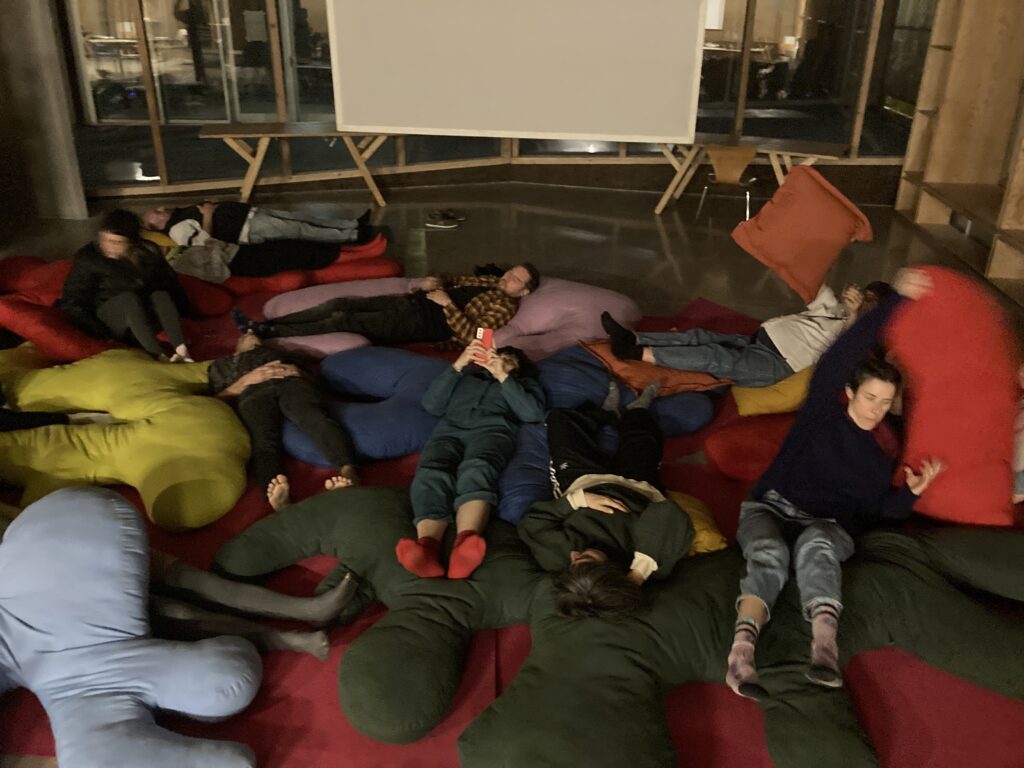
Con el apoyo de:
